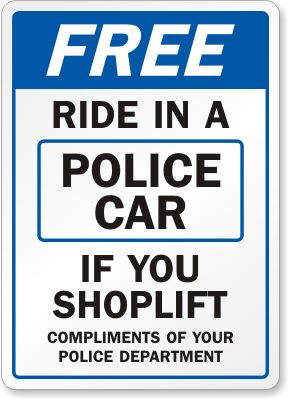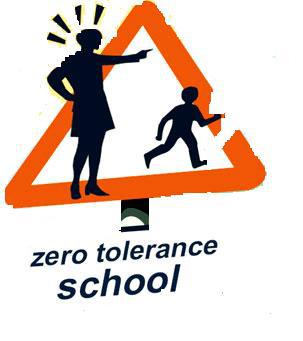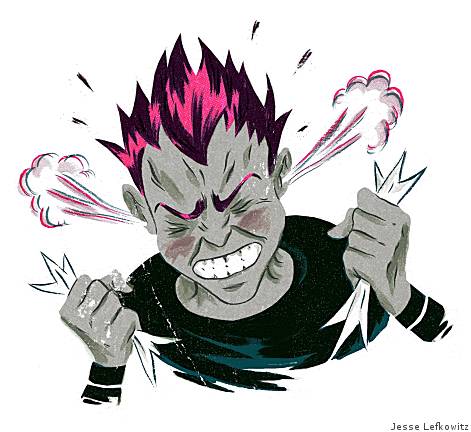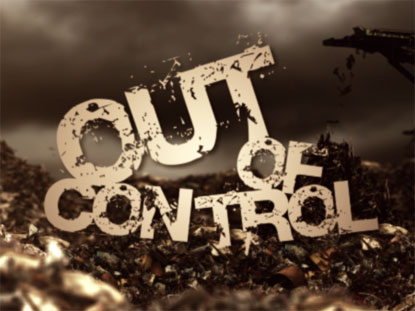Sibling rivalry is very common in families with more than one child, and it’s part of growing up for most kids, but it can be destructive to families and individuals. Parents can’t stop all sibling rivalry, but they can help make it a learning experience rather than a traumatic one.
Sibling rivalry occurs when siblings fight or act out against each other. Most kids experience sibling rivalry from time to time. Even when they love their siblings they may still have episodes of sibling rivalry as part of the growing up process. There are some common reasons for sibling rivalry in children and teens:
- They are discovering their own identities and need to establish their independence from family members
- They have conflicting personalities, such as one sibling who is laid back while the other is very active
- They feel like one sibling is getting an unfair amount of attention. This can be especially challenging if one sibling has an illness, disability, or other problem that requires more attention
- They feel like it is unfair that one sibling gets different privileges, such as an older sibling who has more freedom, or a younger child who has fewer chores.
- They have not yet learned positive ways to solve conflicts
- They are bored, hungry, or tired
- There is stress or aggression in the family, such as parents getting a divorce, a teen who fights frequently with parents, or financial problems in the family
Regardless of the reasons for sibling rivalry, the fighting can cause stress and unhappiness for everyone in the family. Parents may be frustrated not knowing how to react when siblings fight. Some general guidelines for parents while siblings are fighting include:
- If possible, don’t get involved in the fight and let children resolve their own conflicts unless someone is getting hurt.
- If you must intervene in the fight, separate the children until they are both calm enough to talk about what happened.
- Don’t yell at the siblings who are fighting, since this may only escalate the aggression.
- Don’t assign blame or try to figure out who started it – both siblings were fighting so both are responsible for the conflict.
- Don’t appear to favor or protect one child.
- Don’t assume that the younger child is always the victim. Younger children are just as capable of older ones at starting fights, and older siblings still may not have the maturity to handle the situation well.
Though parents cannot prevent all sibling rivalry, there are things they can do to reduce the frequency and severity of fights, depending on the causes. Some of these things include:
- Talk to each child alone every day, and tell them that you love them. Even spending ten minutes with a child can reassure them that you care about them and give you a chance to find out what’s going on in their lives.
- Spend positive time together as a family. Try to eat one meal together every day without the TV, and find time to do fun family activities like playing games or going for walks. This will strengthen family relationships and make kids more willing to work out their problems. Be sure, however, that the activities address the interests of all the children so they don’t feel like they are being forced to participate in one child’s activities.
- Appreciate each child as an individual, and don’t compare children to their siblings.
- Hold family meetings to set rules, like no hitting or name-calling, and explain what the consequences will be for any child who breaks these rules, regardless of who starts a conflict. Remind children that they are all part of the family and that you love each of them.
- Help children to understand that sometimes being fair does not mean being equal. A teenager may have more freedom, but also may have more responsibilities. A child with special needs may get more attention because he or she needs the extra help.
- Let children and teens have some time and space to themselves, and let them have some special possessions they don’t have to share.
- If children are fighting over something like a computer game or the TV, create a schedule so each gets equal time using it. Let them know if the fighting continues that whatever they are fighting over will be taken away. Giving each child their own TV or computer may not be a good solution because it doesn’t teach compromise and may lead to family members being isolated in their rooms without supervision or family interaction.
- Set a good example. When you are angry, don’t yell, throw things, or call others names. If you need help with anger management, don’t hesitate to get help.
If sibling rivalry is causing serious problems in the family, is physically or emotionally harmful to one or more family members, or is caused by an outside source of stress like parents’ divorce, loss of a job, or an illness in the family, consider getting counseling for your family. Most communities offer low-cost or free family counseling services for families who cannot afford counseling on their own.
Also, be aware of sibling abuse, which is when one sibling is always the victim and is frightened of and being hurt by the other, physically or verbally. This may look different from sibling rivalry because the victim usually won’t fight back or defend him or herself and may become depressed or anxious. Remember that older children and teens can be the victims of younger siblings. In cases of sibling abuse, parents should seek immediate help for both of the siblings.
Sibling Rivalry Sources:
University of Michigan Health System, YourChild Development and Behavior Resources, “Sibling Rivalry” [online]
Nemours, KidsHealth, “Sibling Rivalry” [online]
The Ohio State University Extension, Backpack Buddies, “Understanding Sibling Rivalry” [online]






